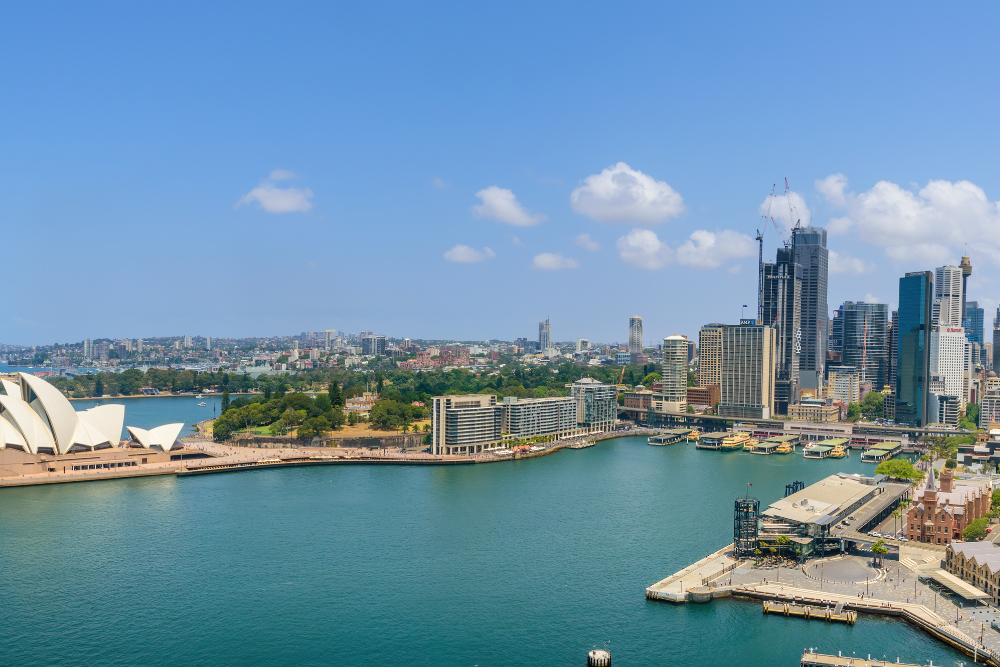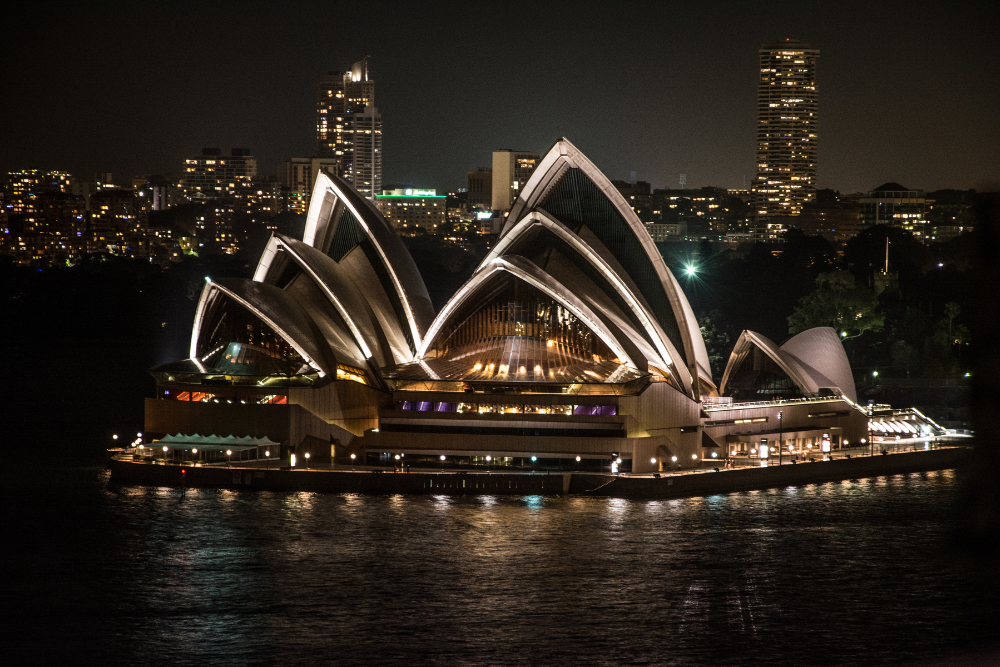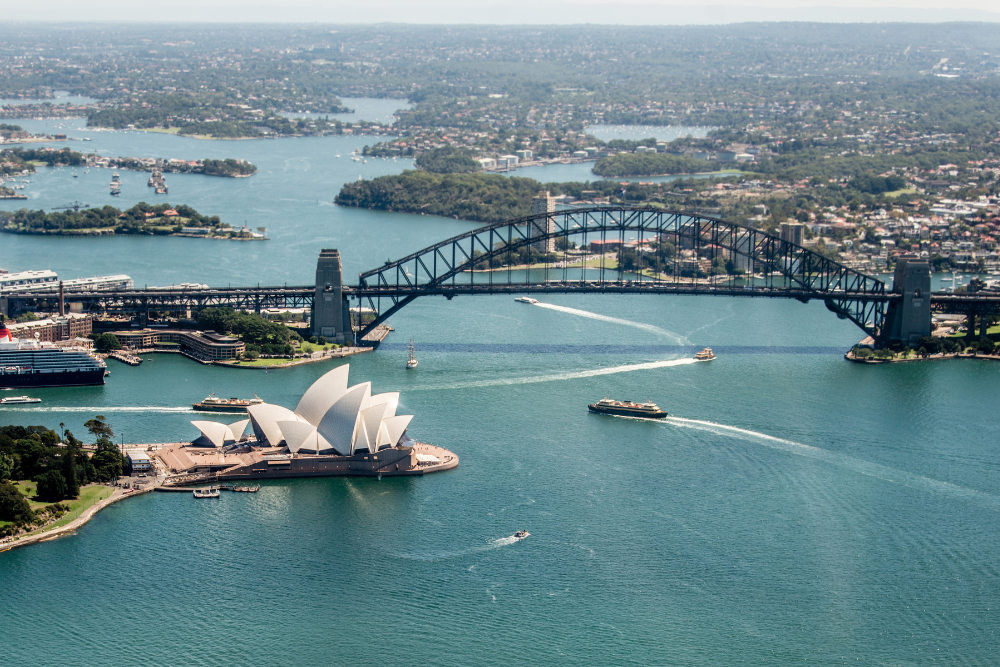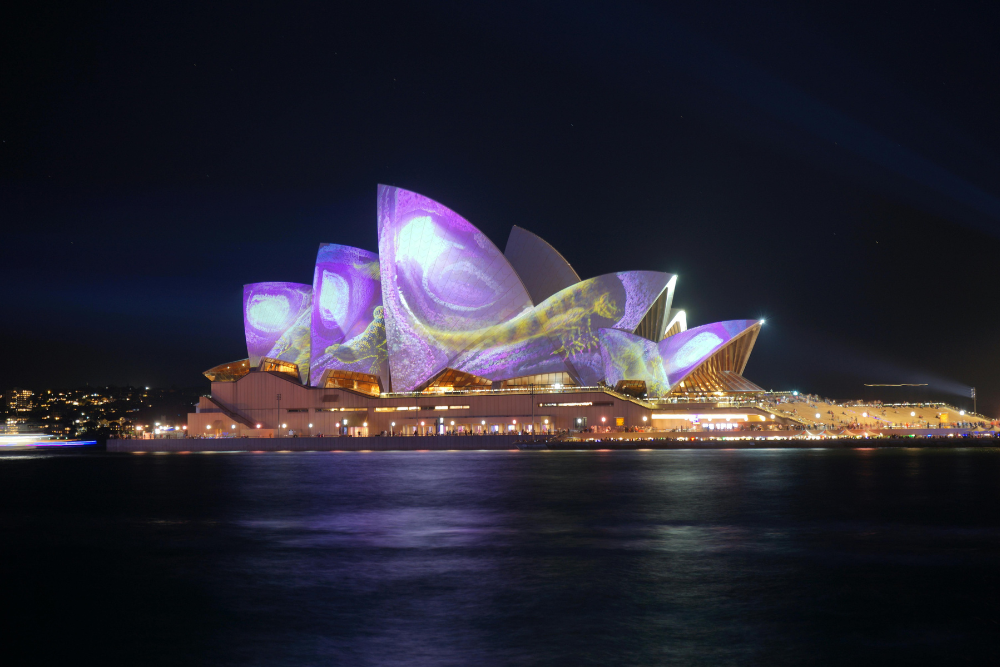Oslo, the vibrant capital of Norway, is a city where contemporary architecture blends seamlessly with stunning natural landscapes. One of the city’s most iconic landmarks is the Oslo Opera House—an architectural marvel located at the heart of the city’s waterfront. Its unique design and prime location make it a must-visit destination for anyone exploring the Norwegian capital. Here’s a guide to experiencing the Oslo Opera House and its surrounding waterfront area.
1. The Oslo Opera House: A Masterpiece of Modern Architecture

The Oslo Opera House (known locally as Den Norske Opera & Ballet) is an architectural gem designed by the renowned Norwegian architectural firm Snøhetta. Opened in 2008, the building has quickly become one of the city’s most celebrated landmarks. Its sleek, angular design and striking white marble exterior give it an otherworldly, futuristic appearance, while its sloping roof invites visitors to climb to the top for panoramic views of the city and waterfront.
- What to Expect: The building’s design is inspired by the idea of a glacier rising from the fjord. The structure’s sloping roof is accessible to the public and provides an excellent vantage point for photographs. The glass walls of the opera house offer a breathtaking view of the harbor and the surrounding city.
- Inside the Opera House: The interior is equally stunning, with a combination of elegant wood, modern design elements, and cutting-edge technology. The main auditorium is known for its acoustics, providing an exceptional experience for those attending performances.
- Adventure Tip: Don’t miss a chance to peek inside the lobby, where you’ll find contemporary art pieces and beautifully designed spaces.
2. Climb to the Roof for Stunning Views

One of the most unique features of the Oslo Opera House is its accessible roof. The sloping roof provides an easy and inviting way for visitors to explore the building’s exterior, while offering sweeping views of the city, the fjord, and nearby landmarks.
- What to Expect: As you climb the roof, you’ll be greeted by views of the Oslofjord, the bustling waterfront, and the city’s skyline. On a clear day, you can see as far as the nearby islands and the hills surrounding the city.
- Adventure Tip: The roof is a perfect spot for photos, especially during sunset or when the city lights start to twinkle at dusk. It’s also a great place to simply relax and enjoy the atmosphere.
3. Oslo’s Vibrant Waterfront and Barcode District

The Opera House sits at the heart of Oslo’s dynamic waterfront district, a rapidly developing area that blends culture, commerce, and leisure. Stroll along the waterfront to explore its modern architecture, public spaces, and cutting-edge design.
- Barcode District: Just a short walk from the Opera House is the Barcode District, a striking collection of modern skyscrapers with unique, angular designs. This area is a symbol of Oslo’s transformation into a cosmopolitan city, featuring offices, apartments, and cultural venues.
- Aker Brygge: A bustling hub for shopping, dining, and entertainment, Aker Brygge is a popular spot located just to the west of the Opera House. Here, you’ll find a wide array of restaurants and cafés with outdoor seating, offering beautiful views of the fjord and city skyline.
- Tjuvholmen: To the south of the Opera House is Tjuvholmen, an artsy district home to galleries, sculpture parks, and trendy restaurants. It’s also home to the Astrup Fearnley Museum of Modern Art, a stunning museum that hosts exhibitions by both Norwegian and international artists.
4. A Relaxing Stroll Along the Fjord

Oslo’s waterfront area is perfect for a leisurely stroll, with walking paths that wind along the harbor and offer scenic views of the fjord.
- What to Expect: Take a walk along the water’s edge and enjoy the contrast between the modern architecture of the Opera House and Barcode District and the natural beauty of the fjord.
- The Oslofjord: If you’re lucky enough to visit during the summer months, you can enjoy the area’s many boat tours, which allow you to explore the Oslofjord’s islands and picturesque coastline. You can also rent a bike or a kayak for a more active experience.
- Adventure Tip: Try visiting Oslo’s Island Hopping for a day trip to nearby islands such as Hovedøya or Lindøya, which are perfect for swimming, picnicking, and nature walks.
5. Enjoy Cultural Events and Performances at the Opera House
While the Oslo Opera House is a stunning sight to behold, it is also a cultural hub that hosts a variety of performances throughout the year. Whether you’re an opera aficionado or simply curious to experience world-class art in a world-class setting, the Opera House offers a range of performances.
- What to Expect: The Opera House is home to the Norwegian National Opera and Ballet, which stages a wide range of operas, ballets, and concerts. The venue also hosts touring international performances, providing a broad spectrum of cultural experiences.
- Adventure Tip: Check the Opera House’s schedule in advance and try to catch a performance during your visit. For a unique experience, consider attending a dress rehearsal, which is sometimes open to the public at a discounted rate.
Conclusion
Oslo’s Opera House and waterfront area offer an exceptional blend of modern architecture, cultural richness, and natural beauty. Whether you’re admiring the Opera House’s stunning design, enjoying a peaceful walk along the fjord, or immersing yourself in Oslo’s artistic scene, this area provides a memorable experience for visitors of all interests. Whether you’re an architecture enthusiast, a culture lover, or simply someone looking to relax by the water, Oslo’s Opera House and waterfront district should be at the top of your must-visit list.












